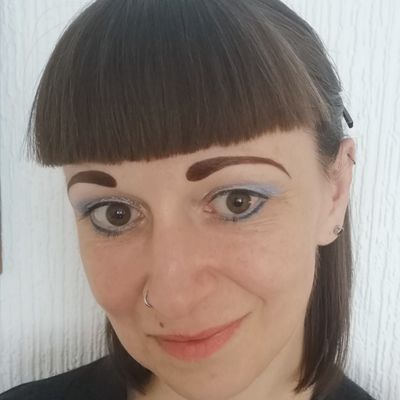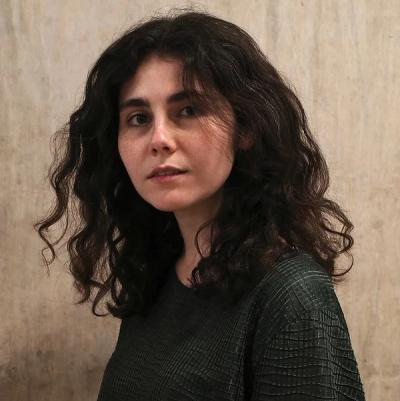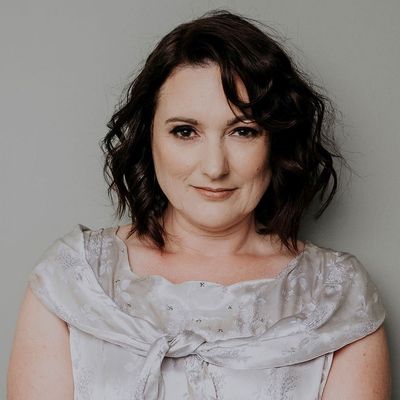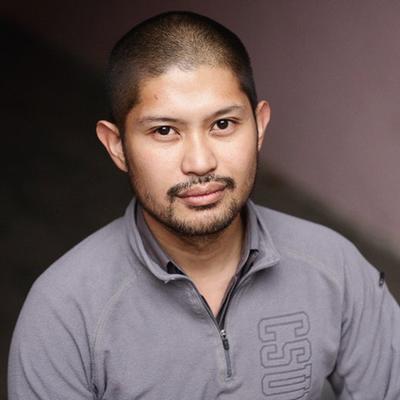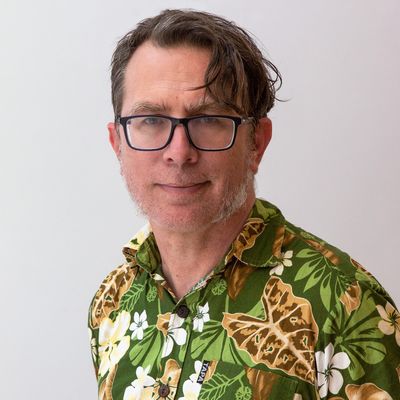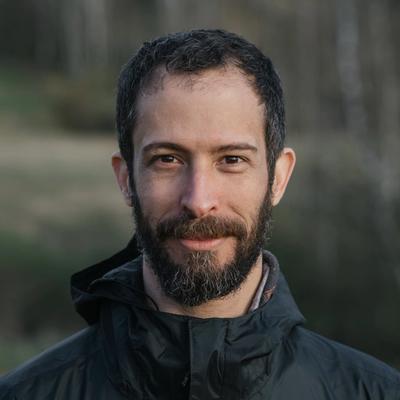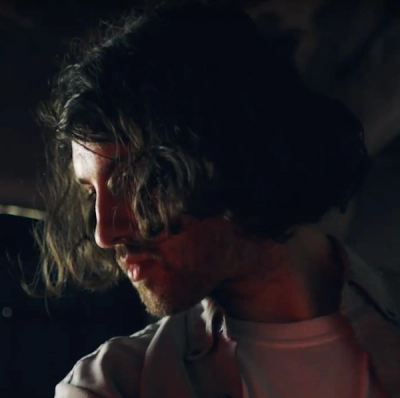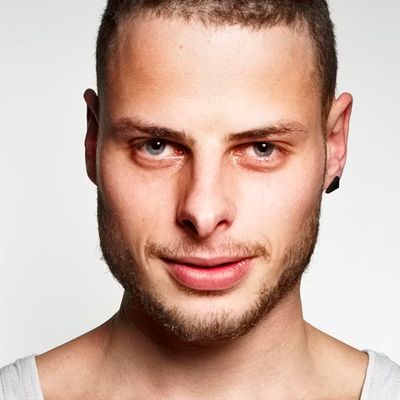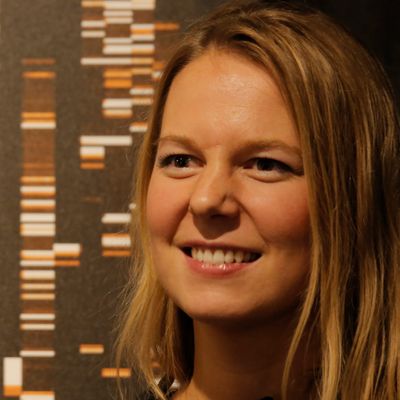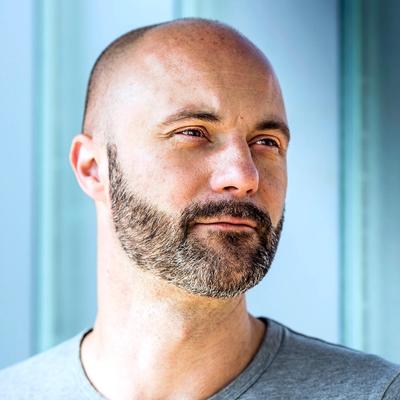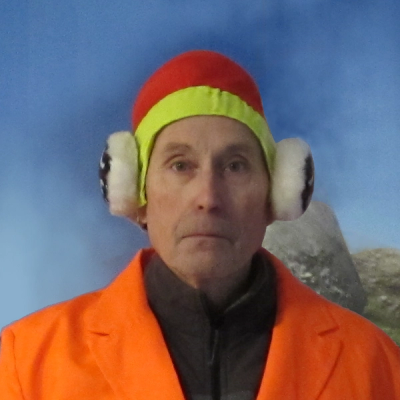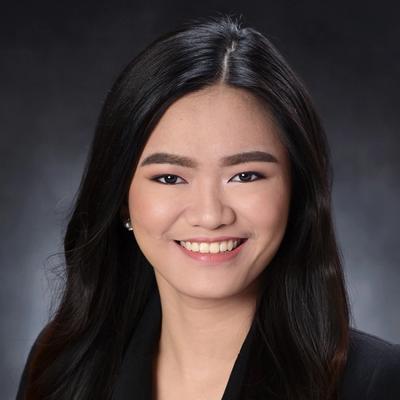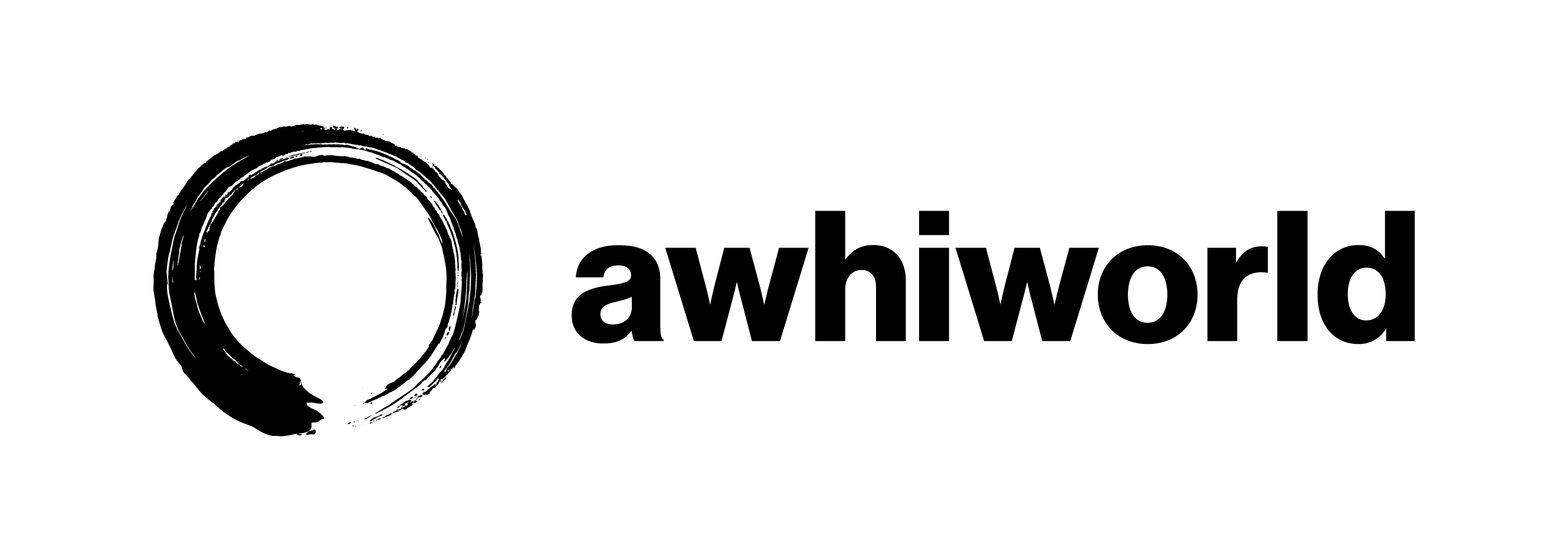bioSignals

resources | |
|---|---|
| British Council Connections Through Culture Grantees 2023 | |
| bioSignals / Awhiworld | |
| bioSignals / UPOU | |
bioSignals is a unique artistic and cultural exchange collaboration that bridges three island nations – New Zealand (AwhiWorld), the Philippines (University of the Philippines - Open University), and the UK – via the real-time collection, processing, and transmission of signals generated from local plant life found in each of the countries. The project underscores our global interconnectedness, not only as a human society but also as part of a broader living ecosystem. By focusing on plants, the project aims to remind us of the often overlooked non-human actors in the climate crisis and also emphasise how intertwined our existence is on this planet with these organisms. Through this shared artistic and scientific exploration, bioSignals highlights that we are all part of one intricate, interdependent world.
This project explores the complexities of communication across species, and invites us to question how signals generated from plants, as part of their adaptive and survival mechanisms, can help us to reimagine our relationships with nature. Thinking in a radically multispecies way, we hope to situate plants as potential partners in constructing future narratives about our world.
Within each country the electro-botanical signals have been transformed into multisensory displays, creating both virtual and physical installations. In New Zealand, a ‘resilience garden' merges memories, meditation, and rituals connecting plants beyond the realms of technology. In the UK, botanical horror offers a door to explore the uncanny and provides a space to contemplate the consequences of our actions on the environment. Finally, Kangkong (water spinach), a plant with deep roots within Filipino culture, has been used by the Philippines team to embody the resilience of the country in the face of extreme temperatures instigated through climate change.
Uniting the insights and innovations from all three countries, bioSignals fosters a new dialogue about resilience in the face of global environmental challenges, showcasing how creative practices and technology can offer pathways to deeper ecological awareness and collective action. Research is also currently underway to send gathered electro-botanical signals beyond Earth’s atmosphere into deep space.
The project has roots in several prior SEADS projects, including Biomodd [ABD14], and AwhiWorld's BIOS project, in which SEADS and AwhiWorld first experimented with signal transmission between multiple countries.
New Zealand
The AwhiWorld team is based in Taitokerau, Northland. Led by Dr Maggie Buxton (NZ), in collaboration with Kim Newall (NZ), and Jarred Taylor (NZ) it includes international SEADS network members Daniël Vandersmissen (Belgium) and Frederico D.A de Sena Pereira (Brazil). Their transdisciplinary research explored the scientific, cultural, spiritual, creative, philosophical, and technological aspects of plants, plant systems, and signals.
Their final event is a week-long lab with interdimensional performance and signal generation, explanatory talks, and a series of portals from which attendees can learn from their multidimensional research.
Dr Maggie Buxton, Kim Newall, Jarred Taylor, Frederico D.A. de Sena Pereira, Daniël Vandersmissen.
United Kingdom
In the UK, the team’s work centres around the stinging nettle—a plant known for its contradictory nature as both potential sustenance and threat. Playing with tensions between human and the natural world, they looked to plants as multifaceted entities, capable of being equally beautiful and horrifying, restorative and deadly.
Led by Mary Pedicini, in collaboration with Dr Amy Holt (overall project lead), Dr Ulrike Kuchner, Dr Angelo Vermeulen, and Matthew Woodham (all members of the international SEADS collective). The UK team explores the ethical and philosophical challenges of anthropomorphizing plant life. They investigate what it means to attempt to approach these non-human beings on a more equal footing. Is that possible without anthropomorphizing them? What can these signals really tell us? What does it mean for a plant to have an intention to communicate? How are we projecting our human frameworks onto them? By considering the "weird and wild" aspects of plant life, they probe the boundaries between what is known and what remains mysterious in our relationship with the non-human world.
Through a series of banners incorporating textiles made from nettle fibre and dyed with nettle and other plants, the team also highlights the practical aspects of nettles, long used in crafts, textiles, dyes, and traditional medicine, which mirror the plant's resilience and adaptability in British cultural history.
Mary Pedicini, Dr Amy Holt, Dr Ulrike Kuchner, Dr Angelo Vermeulen, Matthew Woodham
Philippines
Diego Maranan (University of the Philippines Open University/SEADS) is leading the project in the Philippines, in collaboration with creative associate Jerome Suplemento, UPOU faculty members Blancaflor Arada and Shari Eunice San Pablo; research associate Patricia Calora; and independent artist Gino Javier of TERRA BOMBA.
While all three country teams are using the transmission and sharing of plant signals as the creative starting point, the Philippine group has chosen to focus on Kangkong (Ipomoea aquatica) as their primary plant subject. This choice is deeply rooted in the sociocultural significance and scientific relevance of Kangkong in the Philippines. Kangkong embodies resilience in Filipino culture as it grows readily in various conditions, even in harsh environments, very much like the adaptability of Filipino people.
Through an interdisciplinary approach, the Philippine team aims to tell the story of the kangkong based on the collected plant signals, its environmental adaptation, and cultural connotations while highlighting its resilience.
Dr Diego Maranan, Jerome Suplemento, Blancaflor Arada, Shari San Pablo, Pieter Steyaert, Gino Javier / TERRA BOMBA, Pat Calora
The British Council funded this project via its #ConnectionsThroughCulture programme.

Photo of a piece in the UK team exhibition

Photo of a piece in the UK team exhibition

Photo of a piece in the UK team exhibition

Closeup of a piece in the UK team exhibition

Photo of a piece in the UK team exhibition

Photo of an experiment by the UK team

Photo of an experiment by the UK team

Photo of an experiment by the UK team

Photo of a piece in the UK team exhibition

Screenshot of Daniel Vandersmissen's virtual Sansar world

Photo of an experiment by the PH team

Photo of an idea board by the PH team

Photo of a piece in the PH team exhibition

Photo of an experiment by the PH team

Photo of a piece in the PH team exhibition

Photo of a piece in the PH team exhibition

Photo of a piece in the PH team exhibition

Photo of an experiment by the PH team
Participants
Amy Holt (Overall Project Lead); Diego Maranan (Philippines Lead); Mary Pedicini (UK Lead); Maggie Buxton and (New Zealand Lead).
Philippine team: Jerome Suplemento, Blancaflor Arada, Shari San Pablo, Pieter Steyaert, Gino Javier / TERRA BOMBA, Pat Calora.
UK team: Dr Ulrike Kuchner, Dr Angelo Vermeulen, Matthew Woodham.
NZ Team: Kim Newall, Jarred Taylor, Frederico D.A. de Sena Pereira, Daniël Vandersmissen.





